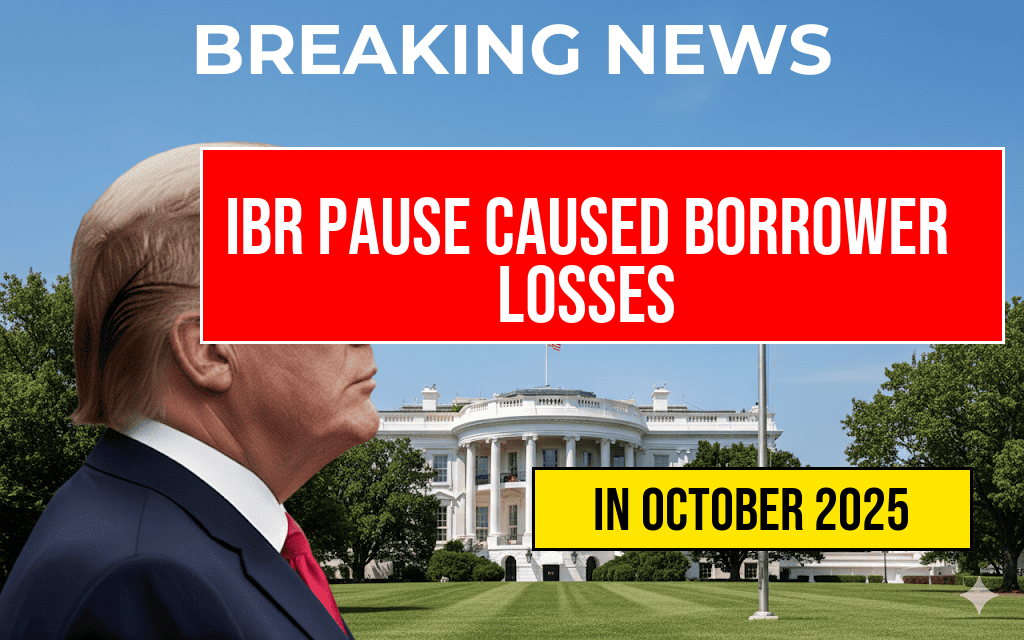The Internal Revenue Service (IRS) has announced upcoming penalties for taxpayers who miss the April 15 deadline in 2026, emphasizing the importance of timely filing to avoid fines. The penalty for late federal income tax filing can reach up to $485 per month per taxpayer, with a maximum penalty that could significantly impact individuals and small business owners alike. As the IRS prepares for the 2026 tax season, understanding the specifics of these penalties and exploring available options can help filers mitigate financial repercussions. Recent changes in IRS policies and enforcement strategies underscore the need for proactive planning, especially for those facing unforeseen circumstances that may delay their submissions.
Understanding the 2026 IRS Penalties for Late Filing
What Is the Penalty for Late Filing?
The IRS imposes a penalty of 5% of the unpaid taxes for each month the return is late, up to a maximum of 25%. For example, if a taxpayer owes $2,000 in taxes and delays filing by six months, the penalty could amount to $300 (6 months x 5% per month x $2,000). Beyond late penalties, interest accrues on unpaid taxes, compounding the total amount owed. The combined financial impact can be substantial, particularly for those who do not take advantage of available relief options.
What If You Can’t Pay on Time?
Taxpayers facing financial hardship should consider filing on time and requesting an installment agreement or other relief options rather than risking hefty penalties for non-filing. Filing late without paying can trigger the late-filing penalty, but the IRS often offers penalty abatement in certain circumstances, such as natural disasters, serious illness, or economic hardship.
Strategies to Minimize or Avoid Penalties
Filing Extensions and Payment Plans
- Automatic Extension: Taxpayers can request an extension of time to file, typically six months, by submitting IRS Form 4868. This does not extend the time to pay taxes owed, so payments should be estimated and sent to avoid interest and penalties.
- Payment Agreements: If full payment isn’t feasible by the deadline, establishing an installment plan can reduce penalties and interest accumulation.
Penalty Relief Options
The IRS may grant penalty relief based on reasonable cause, including examples like natural disasters or serious health issues. Taxpayers must submit a request explaining their circumstances and provide supporting documentation. The IRS website offers detailed information on how to apply for penalty abatement (https://www.irs.gov/help/penalty-relief).
Impacts of Delays and the 2026 Filing Season
Changes in IRS Enforcement and Technology
The IRS has been investing heavily in technology upgrades and increased enforcement measures to improve compliance. This includes more sophisticated data matching and targeted audits, which could catch late filers more effectively. Consequently, failing to file on time may result in higher scrutiny and increased penalties.
Potential Legislative Changes
While no major legislative reforms are scheduled specifically for 2026 regarding penalties, ongoing discussions about tax policy could influence penalty thresholds or introduce new relief provisions. Taxpayers are encouraged to stay informed via official IRS updates and trusted news sources such as Forbes or the IRS website.
Table: Summary of IRS Late Filing Penalties in 2026
| Penalty Type | Rate | Maximum | Additional Notes |
|---|---|---|---|
| Late Filing Penalty | 5% of unpaid taxes per month | 25% of unpaid taxes | Applies if return is more than 60 days late; minimum penalty may apply |
| Interest | Variable, based on federal rates | Accumulating until paid in full | Compounded daily on unpaid taxes |
| Failure-to-Pay Penalty | 0.5% per month of unpaid taxes | Up to 25% | May be combined with late filing penalty |
Key Takeaways for Taxpayers
- Filing late in 2026 can result in penalties of up to $485 per month, per taxpayer, with a cap at 25% of unpaid taxes.
- Requesting an extension and setting up payment plans can help mitigate penalties and interest.
- Applying for penalty relief is possible if delays are due to legitimate reasons, but documentation is required.
- Staying informed about IRS updates and planning ahead are essential to avoid costly fines and compliance issues.
Taxpayers should review their individual circumstances and consult with qualified tax professionals to navigate the 2026 filing season effectively. Being proactive and aware of available relief options can prevent unnecessary financial burdens linked to late filings.
Frequently Asked Questions
What is the penalty for filing taxes late in 2026?
The IRS may impose a $485 fine for late filing if you do not submit your tax return on time in 2026.
How can I avoid the $485 penalty in 2026?
To avoid the $485 penalty, ensure you file your tax return by the deadline or request an extension before the due date.
What are the consequences of repeated late filings?
Repeated late filings can lead to increased penalties and interest charges, and may trigger scrutiny from the IRS.
Are there any exceptions to the late filing penalty?
Yes, exceptions may apply if you can demonstrate reasonable cause for late filing or if you qualify for specific relief programs.
How do I file an extension to avoid penalties in 2026?
You can file for a tax extension using IRS Form 4868 to gain extra time to submit your return without facing the $485 fine.






